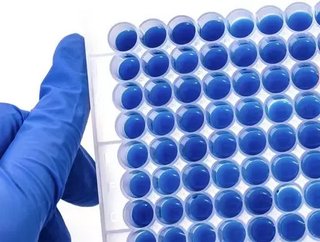Electrical nose could sniff out cancer

An electronic device has been developed by scientists, it is able to “sniff” breath and identify people with a certain condition that may lead to oesophagus cancer. Recent studies conducted show that there are approximately 9,000 new cases of oesophageal cancer, every year in the UK alone, this innovative technology could help to identify these cases earlier and therefore treat the cancer earlier.
It has been found, by Cancer Research UK, that people diagnosed with Barrett’s oesophagus (the precancerous condition that is detected by the electronic nose) are at 11 times greater risk of developing oesophageal adenocarcinoma. The condition presents no symptoms however it tends to be more common among people with long-term acid reflux problems.
Currently, with limited access to such innovative technology, diagnoses is conducted through on endoscopy which is an expensive and an invasive technique, whereas the electronic nose will be far from invasive, making the experience as least traumatic as it can be. The improved experience is hoped to encourage more people to have a screening, this will decrease the number of cancer cases and ease pressure on the healthcare system.
Prof Peter Siersema, co-author of the research from the Radboud Institute for Health Sciences in the Netherlands on the new detection method' “If you have a test available that is non-invasive and easily [detects] patients at risk of developing oesophageal cancer, then, of course, the participation rates will be much higher as compared to using upper endoscopy”
The innovative electronic nose uses a certain type of artificial intelligence to identify a particular component in a sample of breath. When trailed, the nose had correctly identified patients with the condition 91% of the time, and it correctly identified those without the condition just less than three-quarters of the time.
The team developing the tool plan to repeat the experiment in a sample group of 1,000 members, which they expect will lead to an increase in the system’s accuracy. If the trails go well the innovative device is hoped to be available to GP practices in two to three years time.






